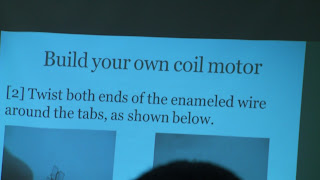E- Journal
Pradesta Martin
The Seven Roles of the Teacher:
As Mediator:
LM - Encourage students prepare documents to share with their classmates using MS Office, e.g., PPT.
As Designer:
KS - Become well versed in programs such as WebQuests and use it to create tasks that are at your grade level. Design a web page with activities for students to complete. Teachers can focus on difficult topics/concepts without worrying about the pressures of completing a curriculum.
As Administrator:
SD- Set up a monthly live webinar/online conferencing to allow parents the opportunity to converse with you about their child's progress or any other school related matter.
As Scholar:
SD- Subscribe to online tech magazines to keep up to date with the latest tech gadgets.
As Pastoral:
RK - Encourage to monitor the sites their children visit and what they post on the internet via Facebook and YouTube. Let them know the importance of partnering with the school for their children's benefit.
As Assessor:
KS - Group students by which assessment tool best suits them. Use videos, creative apps, cameras, and other ICT's as assessment tools that students will enjoy. Create rubrics that can be placed on a class webpage and is accessible by parents, so they understand how students are being assessed.
As Specialist:
ST- Attend workshops, seminars and confernces to enhance skills in the use of modernized ICT's. Use all forms of modernized ICT's in the classroom to facilitate learning.












